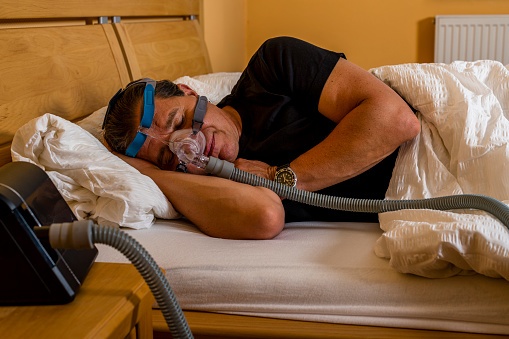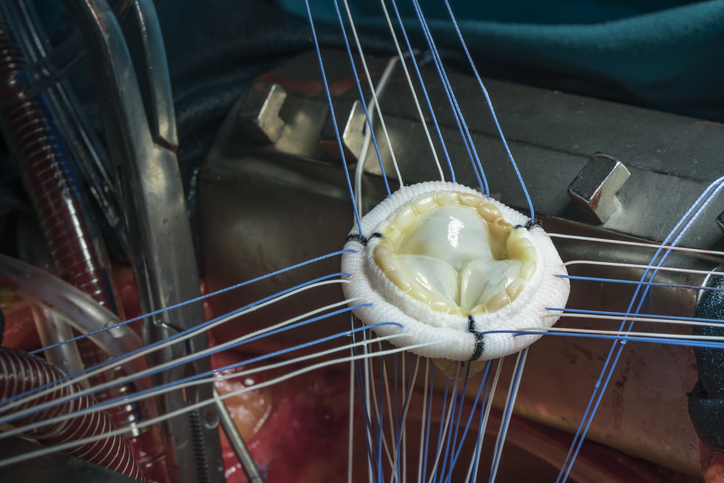
Sleep apnea is associated with worse long-term outcomes in peripheral artery disease (PAD), according to a study published in PLOS One.
“Sleep apnea is under-studied in PAD with understanding of its relationship with key outcomes such as health status, psychological factors, and mortality. Measurement of health status outcomes, especially disease-specific outcomes, is of clinical relevance in that it directly quantifies a patient’s perspectives about their symptoms, functioning and quality of life as related to a disease or its treatment,” the researchers wrote.
In this study, called the PORTRAIT study, an international study that consecutively enrolled 1,204 patients (mean age, 67.6) who presented with new-onset or recent exacerbations of PAD symptoms to any of 16 vascular specialty clinics. Health status was assessed upon presentation and at 12 months with the disease-specific Peripheral Artery Questionnaire (PAQ). Higher PAQ scores indicate better health status. A sequentially-adjusted hierarchical linear regression model examined the association between sleep apnea and 1-year PAQ symptoms, quality of life, and summary scores. Five-year survival curves by comorbid sleep apnea status for US patients were compared using the log-rank test.
According to the results, patients with sleep apnea were more likely to be from the US, more sedentary, and tend to suffer from some form of comorbidity; such as diabetes, obesity, coronary disease. The results showed a correlation between sleep apnea and 1-year health status following multivariable adjustment, but as the researchers noted, there were no differences in all-cause mortality over 5 years (28.0% vs. 23.4%, p=0.76).
The study did have several limitations. For one, although sleep apnea is commonly undiagnosed, the researchers did not prospectively perform formal diagnostic testing or screening questionnaires for sleep apnea. Instead, they relied on information collected from medical charts, “thus exposing our study to the risk of misclassification bias,” they note.
Moreover, the study did not collate information on the severity of sleep apnea, therefore could not assess the link between sleep apnea severity and outcomes. Similarly, the researchers were unable to account for the type of sleep apnea (obstructive versus central sleep apnea).
“Our study is observational in nature and while we were able to adjust for a wide range of relevant patient characteristics, the possibility of residual confounding remains. Lastly, our study enrolled patients from a select set of vascular specialty clinics and thus our findings may not necessarily extend to other settings of care where patients with PAD are being seen,” the researchers wrote of the limitations.
In conclusion, the researchers wrote, “Our study shows that sleep apnea patients with PAD are much sicker with a higher burden of cardiovascular risk factors and comorbidities. Patients with PAD and comorbid sleep apnea present also with a much more vulnerable mental health profile as reflected in the depressive symptom burden. Importantly, an independent association between sleep apnea and worse PAD-specific health status profiles was noted, warranting an increased awareness for sleep apnea as an expression of clustering of cardiovascular risk profiles and thereby representing a subgroup that is particularly at risk of adverse PAD.”







 © 2025 Mashup Media, LLC, a Formedics Property. All Rights Reserved.
© 2025 Mashup Media, LLC, a Formedics Property. All Rights Reserved.